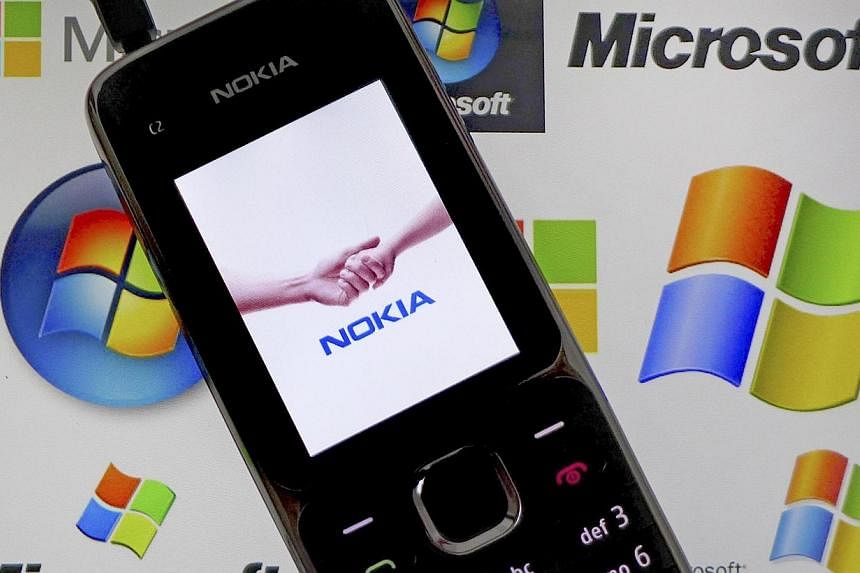IN A controversial article published by The New Yorker on June 23, Harvard historian Jill Lepore made an unprecedented accusation against the quality of research by one of her colleagues: Professor Clayton Christensen from Harvard Business School (HBS). Professor Lepore accused Prof Christensen of having cherry-picked industries to force data to fit into an elegant theoretical model.
Prof Christensen responded by demonstrating that Prof Lepore had quoted "evidence" out of context without taking into account all the other research that had been carried out since the first publication of his book, The Innovator's Dilemma. The crux of the debate can be boiled down to one single question: Is disruptive innovation a useful concept to guide managerial decisions?
In the field of management, theories are often treated as fads. Consultants, managers and executives are all too eager to learn about the next big thing and then try to use one single concept to explain everything. When enthusiasm grows too big, someone somewhere will inevitably become discontented and start trying to poke holes in the thinking, and even declare the entire concept invalid. Enthusiasm wanes and the public moves on to the next big hunt - in search for another idea that can explain everything, again.
The theory of disruptive innovation was no different. After the initial articulation of Prof Christensen's work in the mid-1990s, a stream of doctoral students from HBS and other researchers around the world advanced the concept and examined its applicability in different organisational contexts.
Findings were published in peer-reviewed academic journals, teaching materials and many books.
More interestingly, Prof Christensen's work is also part of a larger field that examines how resources are allocated inside corporations, a field with a more than 35-year history.
In developing his ideas, Prof Christensen worked with HBS professor Joe Bower, who had earlier discovered that - contrary to accepted wisdom - corporate strategy was not necessarily implemented according to the desires of senior management.
If middle managers considered a radical idea silly, it would get killed before any senior executive could have the chance to fund it.
This was a startling finding. It implied that top management could only manipulate the organisational structure and performance measurement - as indirect levers - to induce the desired shift of behaviour among middle managers in the hope that they would champion initiatives that were in line with strategies they favoured.
Two decades later, Prof Christensen noticed a disturbing phenomenon. He observed that leading companies collapsed in unison following the emergence of certain types of breakthrough technologies that allowed for the development of new business models, thus producing a new set of customers.
In collaboration with Prof Bower, Prof Christensen realised that all failing firms in fact had plans to experiment with the new technology. But it was the existing organisational structure and performance measurement that blocked the execution of the strategic vision. Prof Christensen dubbed this class of technology the "disruptive innovation".
When former CEO of multinational semiconductor chipmaker Intel Corporation Andy Grove read Prof Christensen's publication, he decided to follow his advice. Mr Grove set up an autonomous unit in Israel to develop a low-end microprocessor in order to combat rival company AMD, which had been capturing this seemingly low-end chipmaking business at Intel's expense.
By freeing the engineering team from the burden of existing corporate policies, organisation structures and performance measurement, the Israeli team could explore a viable strategy to capitalise the low-end market. The resultant product - Celeron - has been one of Intel's most successful products. It was only recently replaced by the Atom processor.
When done well, business research not only explains the past but also helps practitioners when making prognoses and committing their companies to important investment decisions.
The theory of disruptive innovation is among the few instances where rigorous management research found its way into mainstream business, guiding managers to make day-to-day decisions. The danger of the current debate between academics such as Prof Lepore and Prof Christensen is that it might mislead managers into thinking that the concept of disruptive innovation is no longer worth considering.
A more balanced approach would be to follow the field of engineering, medicine and even physics, where scientists are encouraged to replicate experiments run by others and seek to improve existing theories.
Indeed, theory building in many scientific disciplines is indisputably a time-consuming, ongoing process. One cannot expect "ground-breaking" thinking to appear from nowhere and stand on its own for decades without the need for modification and improvement.
But unrealistic expectations in both novelty and absolute correctness perpetually plague the field of management study. The resulting faddishness is exemplified by the changing displays in airport bookstores.
Rather than working through the issues and advancing our knowledge further, as would be done in the field of medicine, engineering and physics, those who agree with arguments like Prof Lepore's risk throwing up their hands and moving on to the next big thing. That would be a huge loss to everyone.
The writer is Professor of Strategic Management and Innovation at the International Institute for Management Development in Switzerland.

